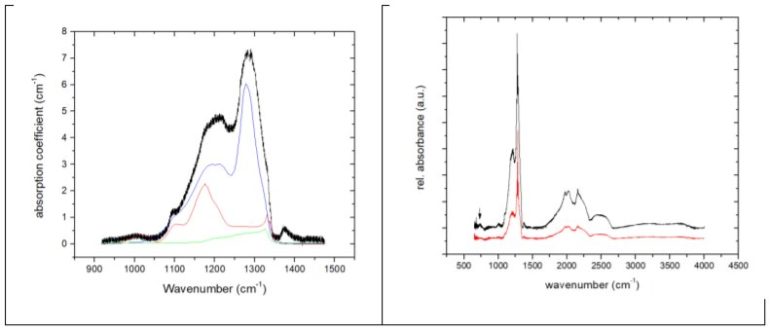A team of researchers affiliated with a host of institutions in the U.S. has found a sample of a mineral previously believed to be unable to exist in nature. In their paper published in the journal Science, the group describes their study of a diamond found in Orapa, Botswana and the mineral specks they found trapped inside. Yingwei Fei with the Carnegie Institution for Science has published a Perspectives piece in the same journal issue outlining the work by the team and explaining why the mineral find is important to geology.
In 1975, a team of researchers created what Fei describes as a “high-pressure phase of aSiO3“—a mineral that had been theorized to exist, but only under certain conditions. To synthesize the mineral, the researchers had to place its building materials under high heat and pressure conditions. They noted that as soon as the pressure was relieved, the mineral immediately changed to a form of glass. This finding suggested that it was not likely that the mineral could exist in nature. That assumption has now been proven wrong, as the diamond found in Botswana contained three tiny samples of it.
Because the mineral, now called calcium silicate perovskite, can only form under extreme heat and pressure conditions, the researchers suspect the specks they found in the diamond had to form deep below the Earth’s surface—perhaps as far down as 660 to 900 km. They note that calcium silicate is found in multiple forms, one of which is wollastonite—a mineral found in the Earth’s crust. They note also that material in the crust and mantle moves between the two because rocks are pushed around by plate tectonics. Prior research has shown that as they move, minerals in the rocks often undergo transformations, but some become trapped in diamond.
Diamond is a sort of base material; once conditions arise for its formation, the resulting diamond remains intact regardless of what goes on around it. The researchers suspect a form of calcium silicate (such as wollastonite) found itself in just the right conditions to form calcium silicate perovskite far below the surface and shortly thereafter found itself surrounded by carbon that was in the process of being pressed into a diamond. After that, the material surrounding the diamond carried it upward until it reached the surface, where it was found. The researchers have named it “davemaoite,” after noted geologist Ho-Kwang “Dave” Mao.
Super-deep diamond provides first evidence in nature of Earth’s fourth most abundant mineral
More information:
Oliver Tschauner et al, Discovery of davemaoite, CaSiO3 -perovskite, as a mineral from the lower mantle, Science (2021). DOI: 10.1126/science.abl8568
Yingwei Fei, Perovskite retrieved from the lower mantle, Science (2021). DOI: 10.1126/science.abm4742
2021 Science X Network
Citation:
Theorized mineral formed in earth’s mantle found in diamond (2021, November 12)
retrieved 14 November 2021
from https://phys.org/news/2021-11-theorized-mineral-earth-mantle-diamond.html
This document is subject to copyright. Apart from any fair dealing for the purpose of private study or research, no
part may be reproduced without the written permission. The content is provided for information purposes only.



